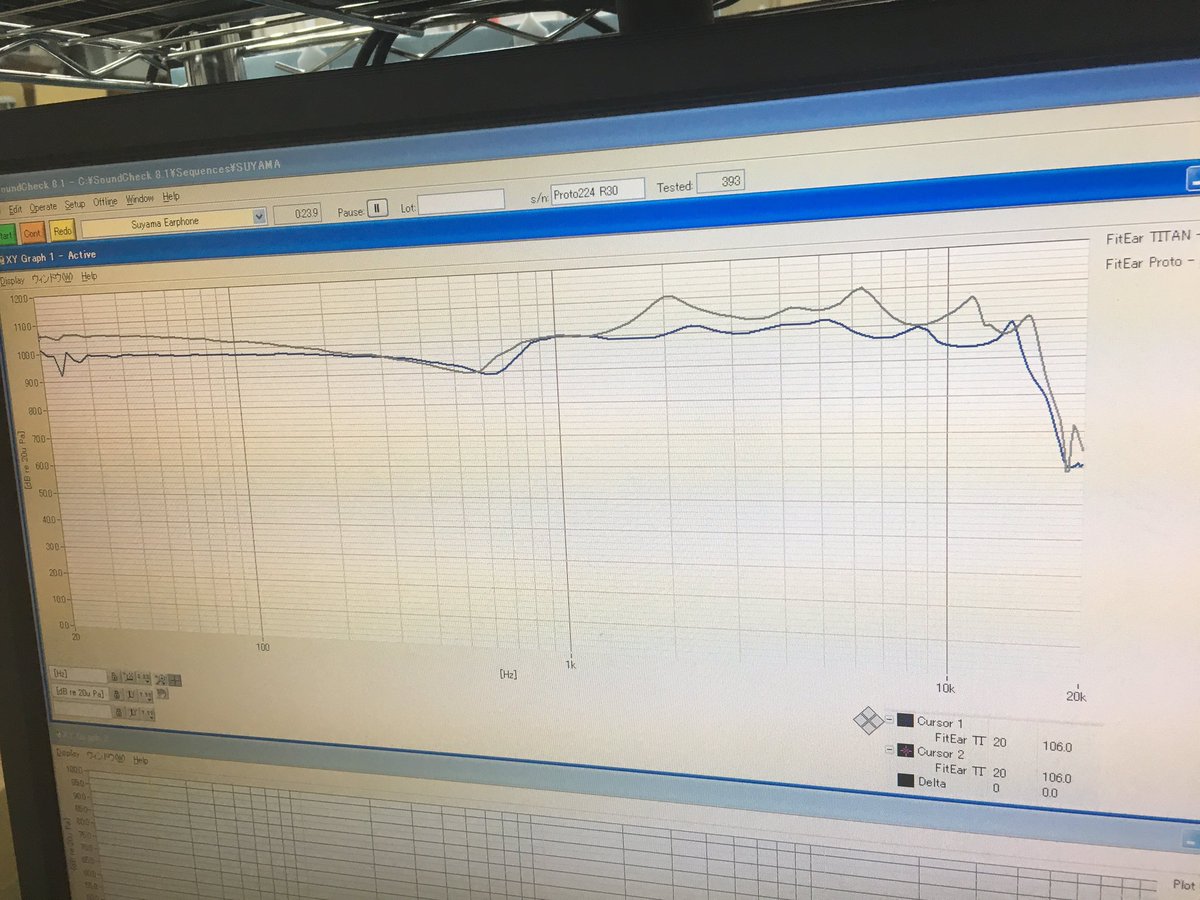castleofargh
Sound Science Forum Moderator
- Joined
- Jul 2, 2011
- Posts
- 10,417
- Likes
- 6,026
yes small timing variations do count, no, probably not the way you think. the main spacial cues are all the perceived variations between left and right ear(direction and distance based on delays and loudness differences).I'm curious if my thoughts are correct, our ears and brains can differentiate sounds in milliseconds, and it's how we are able to have spacious cues, i.e. Doppler effects or echo in a large room. So we correlate that to iems soundstage to sound decaying at some region in the fr? Can we be able to somehow interpreted from the Csd graphs?
there are other cues, like frequency response to try and determine the place on a vertical axis, or how we can locate high frequencies but not so much low freqs(I guess because the period is bigger than the distance between the ears but I'm not 100% sure). and a few less important things. that can still have some part in the result.as soon as we discuss subjective notions like soundstage, you have to consider that it's a mind construct based on absolutely everything the brain could get to mix in the giant sense blender. including ideas, what you were concentrating on, how tired you are, if it's hot outside... all information, from all senses, plus ideas. the brain will discard some stuff(because else there is just too much to process), and it's not necessarily our choice to decide what is discarded. then it will try to form something with the rest that can have meaning for us. making up some missing or changing conflicting elements if it seems like it could help(the brain seems really bent on satisfying us, to a fault). so trying to reverse engineer the process and find direct and clear cause and effect, or the right cue for the right subjective result, can sometimes be like looking at poop and guessing what food it originally was. sometimes it's super simple, and sometimes, it really just looks like poop(analogy skill 3year old).
the decays as an idea of room reverb isn't a bad idea but room reverb is probably a good deal longer to decay, so I don't know if the brain would really associate both that way. still, reverb in a room is the kind of cue that the brain will try to remove(or attenuate at least). you can test it, add a lot of reverb, and rapidly you get used to it. if you turn it off and put it back on it seems like there is way more for a time. warning totally made up hypothesis follows: I imagine it might be one of those survival skills, where we remove what we slowly identify as "ambience", so that we're able to focus on what really matters and notice when the ninjas will attack.or the mosquitoes, but something deadly for sure.



























